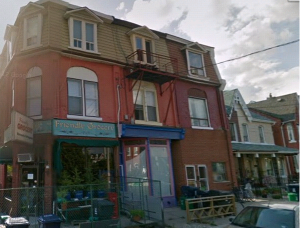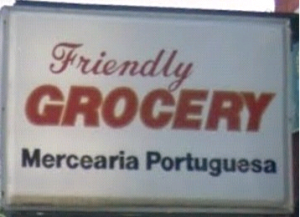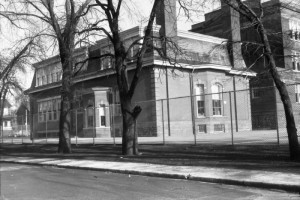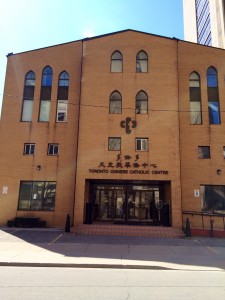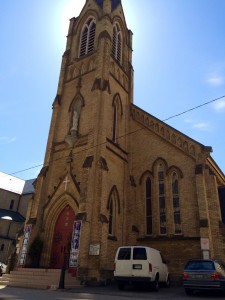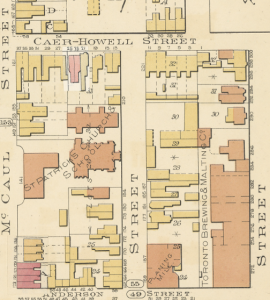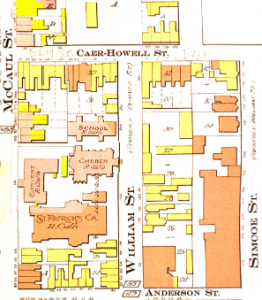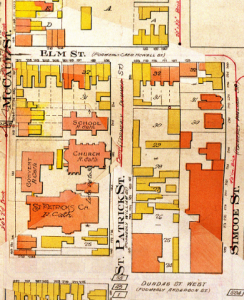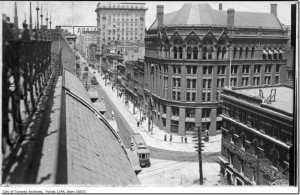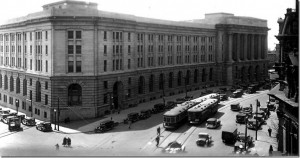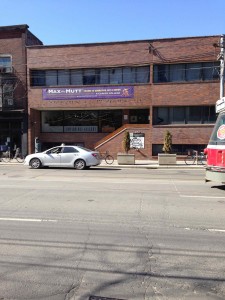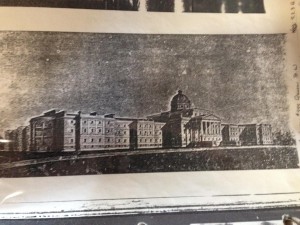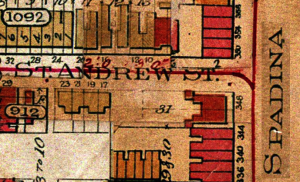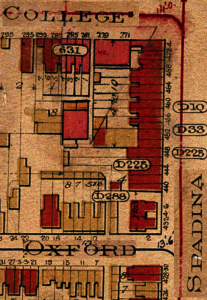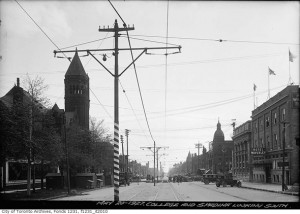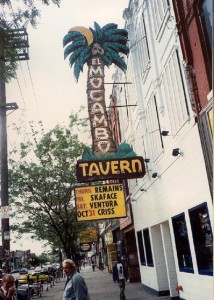The Chinese in Early 20th Century Toronto: 82 Gladstone Avenue
According to taxes of 1901, Kee was a tenant at 82 Gladstone which was owned by Matthew Parsons, owner and trustee of the Presbyterian Church. Mah reports there are three other Chinese immigrants taking residence in the same building. However, observing the accessible rolls of 1900 in Ward 6 division 2, it seems that this number may be an error and that there were actually five individuals are connected to the residence. In others words, it is possible that Kee was living with his family in 82 Gladstone Avenue. Chinese immigrants living with their families in the early 1900s were, however, a rare phenomenon. Most in men in Toronto Chinatown were “bachelors” and “there were only 13 Chinese families among 2035 Chinese in the city in 1921(Mah, 37), therefore there must have been even less Chinese families in Toronto in 1900. Furthermore, a headtax for Chinese coming into Canada had been established and the “$50 a head was a financial hardship” for the Chinese making it very hard to believe that the residents as 82 Gladstone Avenue were Lew Mo Kee’s actual family (Mah, 27).
Currently, 82 Gladstone Avenue is a grocery store called “Friendly Grocery”.
Mah, Valerie. “The “Bachelor” Society”. A Look at Toronto’s Early Chinese Community from 1878 – 1924 (unpublished, 1978).
Google Maps: 82 GLadstone Avenue. https://maps.google.ca/maps?hl=en-CA&gbv=2&q=82+gladstone+avenue&ie=UTF-8&hq=&hnear=0x882b3455204114fb:0x42d42d4448af7867,82+Gladstone+Ave,+Toronto,+ON+M6J+3K7&gl=ca&ei=S7dIU7CUO6qw2wWL9ICADg&ved=0CB4Q8gEoATAA. Web. Last accessed 11 April ,2014.
Toronto City Directory (1898-1902, 1905); Toronto Archives
Google map:
Goads Fire Insurance Plan (1899); Toronto Archives Website

